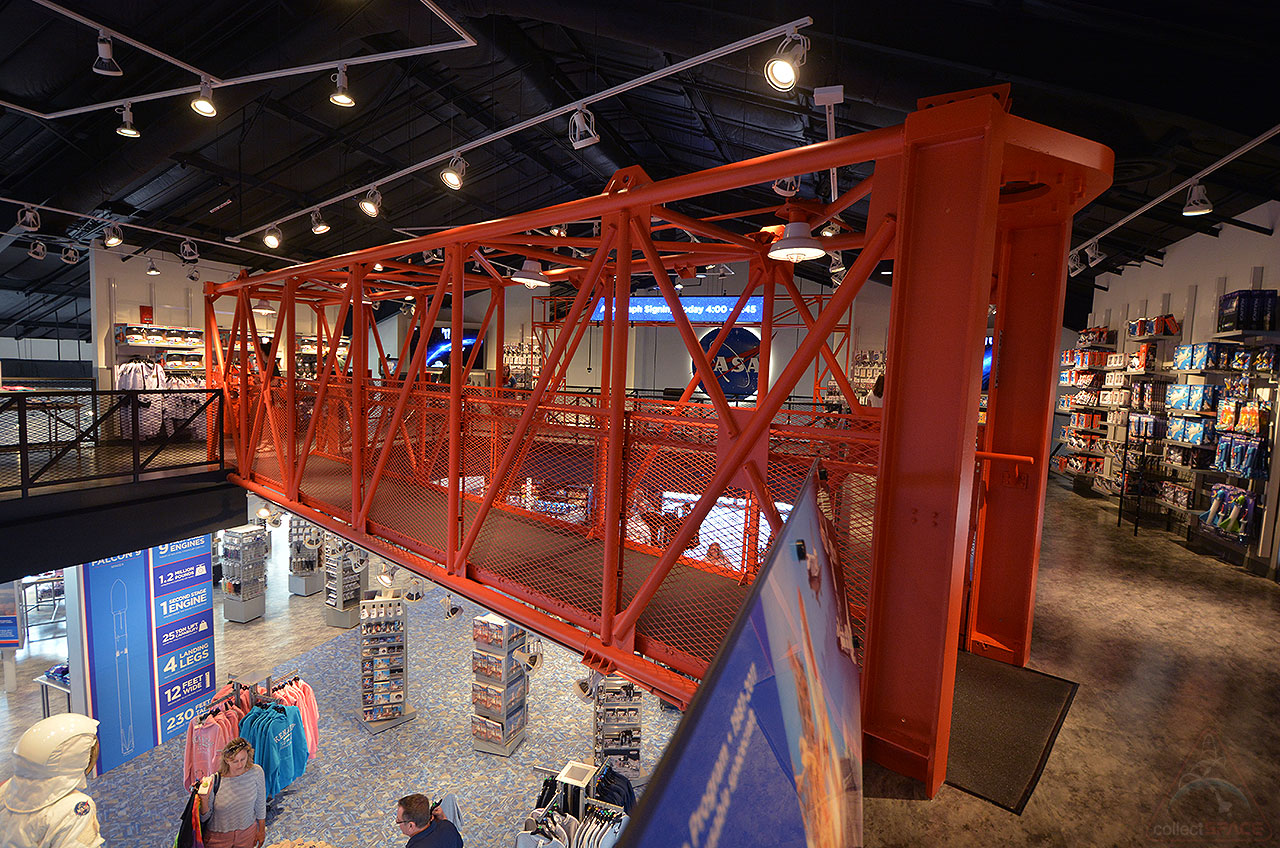
It includes the number of visitors to our Platform, the platforms that referred them to our Platform and the pages that they visited on our Platform. The information gathered does not identify any individual visitor and is aggregated.

These cookies, including those from third parties, are used to collect information about how visitors use our Platform. For example, some of these cookies enable visitors to specify language, product or other platform preferences. Their overall purpose, however, is to enhance visitors’ experience and enjoyment of this Platform. These cookies serve a variety of purposes related to the presentation, performance and functionality of this Platform. Without these cookies, services you have asked for, like transactional pages and secure login accounts, would not be possible. These cookies are essential to provide you with services available through this Platform and to use some of its features, such as access to secure areas. Our Platform uses various types of cookies, each of which has a specific function. The famous horse shoe-shaped logo continues to represent quality, earned over the course of more than 160 years. Omega watches can be worn in the bitterest cold and down to the murkiest depths, and just as comfortably at a black-tie event. Throughout this quest to develop and innovate, Omega has always remained true to its heritage, producing elegant and high-quality luxury watches with efficient and precise manufacturing methods. Even the familiar sight of an athlete's time superimposed onto the television screen is a development of technology that the brand introduced, aptly named, the ‘Omegascope’. Patenting the first mobile photoelectric cell and developing touch pads for timing swimmers are fine examples of the brand’s pursuit of excellence. From motorcycle-mountable watches to watches with raised markers on the dial for use by the blind, Omega never settles for the ordinary. With an ever-growing desire to innovate, the company has pioneered various ideas and technologies to broaden the usability of its watches. The brand’s watches were also the first to be chosen by NASA to be flight-qualified for space missions, with the Speedmaster taking the title of first watch on the Moon. Eventually, the Planet Ocean, Aqua Terra and Railmaster lines were added to the Seamaster collection.
#NASA SHOP ITALIA PROFESSIONAL#
Ten years later, the brand made the Seamaster a professional dive watch, and continued the dressier style of the original as the De Ville. The 1932 Marine was the first in a line of water-resistant watches that led to the Seamaster in 1947. In 1932, the brand became the first official Olympic timekeeper, responsible for supplying and operating the thirty watches needed to time all the events at the Los Angeles games, and is still the official Olympic timekeeper today.īut Omega watches didn’t just conquer the land.

The company’s innovative ethos and attention to detail earned it the responsibility of timekeeper for the Gordon-Bennett Cup, the famous international ballooning race. With Omega’s reputation firmly cemented, the demand for quality timing equipment grew. The Constellation continues to uphold high standards of accuracy. The Constellation watch dominated the trials, and set precision records at the Kew Observatory in England. The brand’s penchant for accuracy resulted in its repeated success in the chronometer trials of the 19th century, held at observatories across Germany and Switzerland. The development didn't stop there: in 1999, the company introduced the Co-Axial movement, an invention considered to be the biggest advancement since the introduction of the lever escapement.

Developing each movement with interchangeable pattern parts increased construction speed and reduced cost, without sacrificing quality. The process was steadily refined, including the introduction of automated manufacturing methods normally seen outside of the industry. The time-consuming process of making watches by hand, one at a time, was no more. The brand took mass-produced watches to a whole new level of precision and quality, and by 1885, the company was manufacturing the world's first mass-produced movement. His two sons, Louis-Paul and Cesar, took over the brand and identified a need to manufacture components in-house, as slow deliveries of poor-quality parts were causing delays in production. His company grew, and by the time of Brandt’s death in 1879, it had become very successful at mass-producing pocket watches. In 1848, at the tender age of 23, Louis Brandt founded Omega, assembling pocket watches from component parts in his workshop in La Chaux-de-Fonds.


 0 kommentar(er)
0 kommentar(er)
